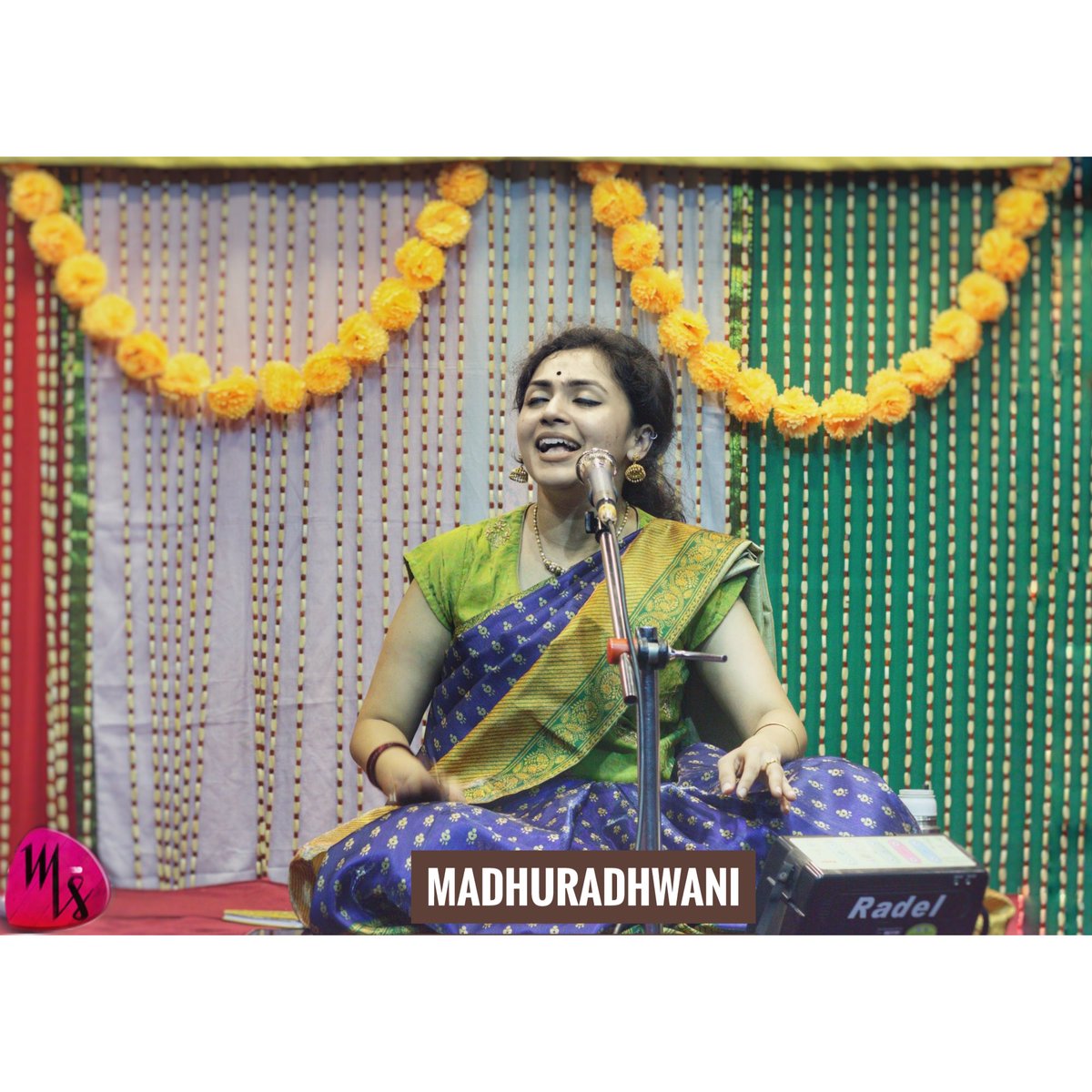
These included more of sarvalaghu and less of kanakku swaras.The kuraipu swaram ushered in enthusiasm as the violinist's deft fingers equally matched it. Siva Siva in Pantuvarali was embellished with skillfully woven swara patterns. The fast paced swaras were handled with great dexterity and the pitch bend was aptly used in the right measure. Following the krithis in Darbar and Keeravani, Marukelara was played, on the lighter note. Sathya's interpretation of Ananda Bhairavi raga with an air of tranquility, was pleasing to the ears. This was followed by the refreshing Guruleka Etuvanti a Thyagarajar krithi, the recital of which has become a rarity, these days. The crisp rendition of Varnam in Amrithavarshini provided a good start for the 2-hour long kutcheri. Sathya went about his performance like clockwork and clearly exhibited true professionalism in Wednesday's concert(26.8.07) held at SGS sabha Kalyana Mandapam for 50-50 club. I sincerely thank her for the effort taken and the support extended inattending the concert. The swarakalpana is at ‘paadama’, the legend uses it in swarkshara prayoga – MaPaDhaMa…also, in thristhayee….I am pleased to give below the review received froma rasika on the concert performance of Sathya on the 26th Sep'07.

We shall listen to a very detailed rendition of the Thyagaraja krithi by Dr. Oh hero, who saved Ahalya who as a stone, unable to bear the sorrow was always shedding tears, and in the same way make this Thyagaraja also blessed”. Oh feet of Rama worshipped by Brahma, Sanaka, Sananthana, Indra, Narada and others.

“Oh feet of Rama your mercy is sufficient for me, please come and occupy my mind.

The meaning of the Amritavahini composition: Both are cast in Ragas of appropriate names, Amritavahini (Sri Rama Padama), the feet that bring immortality and ambrosial bliss and Ramapriya (Sandehamunu Dirpumayya), Rama’s beloved sandals. Sadguru composed two songs to adore both these exploits of Rama’s feet. Lord Rama’s feet had two great exploits to their credit: the re-creation of Ahalya from her accursed stone state and through their sandals ruling over the kingdom of Ayodhya. The Thyagaraja krithi ‘Sree Rama padama’ falls in the category ‘Padasevanam’ in the Nava vidha Bhakthi, the worship of the Lord’s feet in particular is a devotional mode exemplified by Bharatha and the adoration of Rama’s Paduka. Valachiyunna manini chala nedu - Tana varnam - Koranadu Natesa Pillai But still none of the other krithis are heard much in concerts. For quite a long time, this composition held the title of Eka-Raga krithi, till a few krithis were composed in this raga by some 20th century composers. The First and most prominent composition in this raga was written by Sadguru Thyagaraja “Sree Rama Padama”, while none of his forerunners nor any of the other two Trinities wrote in this raga. Kalpana swaras are also limited for few minutes only. Balamuraleekrishna has given a fairly good detailing.

There is no scope of an elaborate Raga alapana, though Dr. While there is no mention of this raga in SSP, Ragapravaham by D.Pattammal confirms the same ragaswaroopa. The first reference of this raga is found in Sangraha choodamani. Still, Amritavahini gives you the pleading of Saramathi, with a devotion of Nagagandhari and a soothing effect of Kharaharapriya, all in one.


 0 kommentar(er)
0 kommentar(er)
